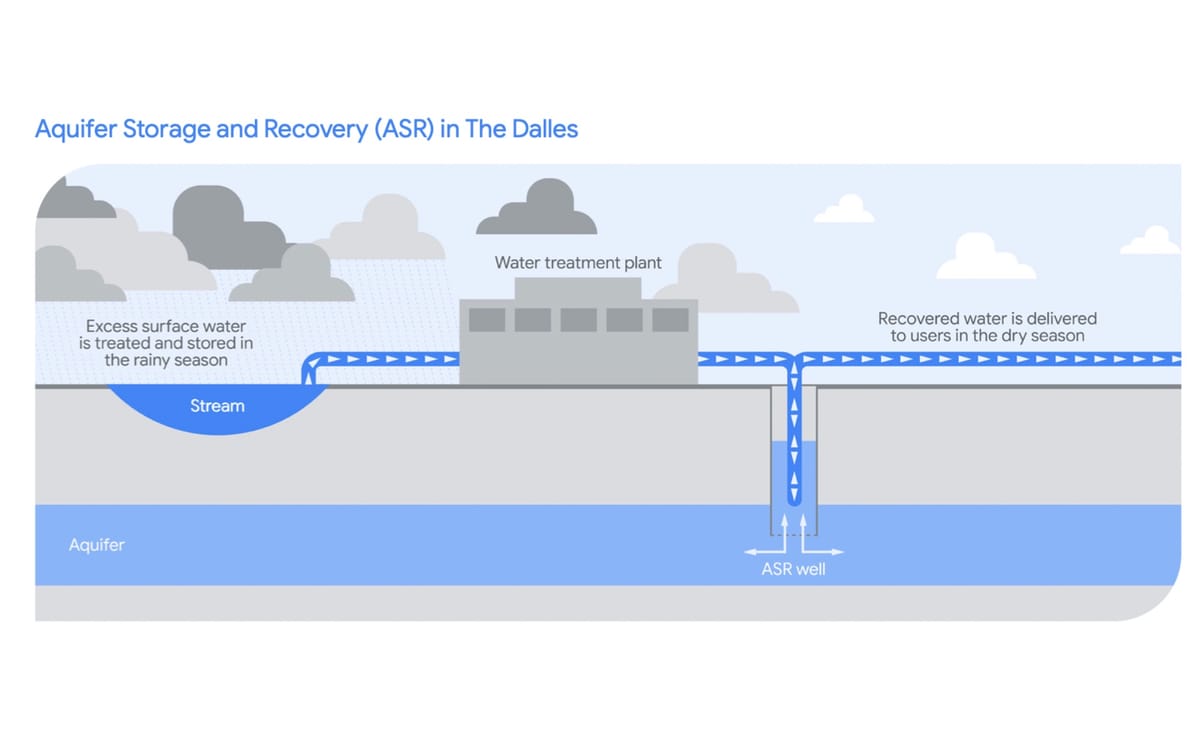Report on Water Infrastructure Failure and Sustainable Development Goal Implications
Incident Overview and SDG Context
A significant 20-inch water transmission main failure occurred on Dole Street, Honolulu, presenting critical challenges to several United Nations Sustainable Development Goals (SDGs). The incident, which began on a Tuesday afternoon, directly impacts SDG 6 (Clean Water and Sanitation) by disrupting water supply and SDG 11 (Sustainable Cities and Communities) by affecting urban infrastructure and public services. The response and recovery efforts highlight the need for resilient infrastructure as outlined in SDG 9 (Industry, Innovation, and Infrastructure).
Disruption to Water Access and Sanitation (SDG 6)
Immediate Consequences for Water Security
- The main break led to the rapid draining of area reservoirs, compromising the immediate availability of clean water.
- Residents in a wide area, from Punchbowl to Kaimuki, experienced significantly low water pressure or a complete loss of water service.
- The failure resulted in localized flooding, posing risks to property and public health, and underscoring the importance of sustainable water management systems.
Conservation Measures and System Recovery
In response, the Honolulu Board of Water Supply (BWS) has issued a public advisory that aligns with the principles of responsible water consumption under SDG 6. Key actions include:
- Isolating the damaged section of the main to prevent further water loss and begin system stabilization.
- Requesting that all customers with service, particularly in Manoa, Saint Louis Heights, and Kaimuki, restrict water use to essential needs only.
- Defining essential use as drinking, cooking, and personal hygiene, thereby prioritizing good health and well-being (SDG 3) while the system recovers.
Impact on Urban Infrastructure and Community Resilience (SDG 11 & SDG 9)
Vulnerability of Urban Infrastructure
The failure of a major water transmission main serves as a critical indicator of the vulnerabilities within urban infrastructure. This event underscores the urgent need for investment in the maintenance, modernization, and resilience of water systems to ensure they can support sustainable communities, a core target of SDG 9 and SDG 11.
Community and Transportation Disruptions
The incident caused significant disruptions to the community, affecting mobility and access to essential services. These impacts challenge the goal of creating safe, inclusive, and resilient urban environments.
- Road Closures: Dole Street was closed in both directions between Frank Street/Kanewai Street and Kanewai Park, impeding local transit.
- Traffic Modifications: While access was maintained to parts of the University of Hawaii at Manoa campus, motorists were advised to seek alternate routes.
- Public Safety Measures: A water bypass hose running across St. Louis Drive required motorists to reduce speed, highlighting the cascading effects of infrastructure failure on public safety.
Analysis of Sustainable Development Goals in the Article
-
Which SDGs are addressed or connected to the issues highlighted in the article?
The article highlights issues that are directly connected to several Sustainable Development Goals (SDGs), primarily focusing on infrastructure, water management, and urban resilience.
- SDG 6: Clean Water and Sanitation: This is the most prominent SDG addressed. The article’s central theme is a major water main break, which directly impacts the availability and management of clean water for residents. The disruption of water services to several neighborhoods underscores the importance of a reliable water supply system.
- SDG 9: Industry, Innovation and Infrastructure: The incident is a clear example of infrastructure failure. The break of a “20-inch water transmission main” points to challenges related to building and maintaining resilient, reliable, and sustainable infrastructure, which is the core of SDG 9.
- SDG 11: Sustainable Cities and Communities: The event takes place in an urban area (Honolulu) and affects the community significantly through “flooded properties, road closures,” and disruption of essential services. This relates to the goal of making cities and human settlements inclusive, safe, resilient, and sustainable, particularly in their ability to withstand and recover from infrastructure failures.
-
What specific targets under those SDGs can be identified based on the article’s content?
The content of the article allows for the identification of specific targets under the aforementioned SDGs.
- Target 6.1: “By 2030, achieve universal and equitable access to safe and affordable drinking water for all.” The article illustrates a temporary failure to meet this target for a segment of the population. The report that “residents from Punchbowl to Kaimuki may have experienced low pressure to no water service” shows a direct disruption to universal access to drinking water.
- Target 9.1: “Develop quality, reliable, sustainable and resilient infrastructure… to support economic development and human well-being.” The water main break is a failure of reliable infrastructure. The event, which required a response for a “second day,” highlights the vulnerability of the existing water system and the need for more resilient infrastructure to ensure human well-being.
- Target 11.5: “By 2030, significantly reduce the number of people affected… by disasters, including water-related disasters…” While not a large-scale natural disaster, the water main break is a water-related event that has caused “flooded properties” and affected residents in multiple neighborhoods, disrupting basic services and daily life. This aligns with the target’s focus on reducing the impact of such events on communities.
-
Are there any indicators mentioned or implied in the article that can be used to measure progress towards the identified targets?
Yes, the article contains information that can be used as qualitative or quantitative indicators to measure progress towards the identified targets.
- For Target 6.1: An implied indicator is the proportion of the population experiencing interruptions in drinking water service. The article specifies the affected areas (“Manoa, Saint Louis Heights and Kaimuki” and “Punchbowl to Kaimuki”), which could be used to estimate the number of people affected by the service disruption.
- For Target 9.1: A key indicator is the duration and frequency of service interruptions in critical infrastructure. The article explicitly states that crews were responding “for a second day,” providing a measure of the duration of this specific disruption to the water supply infrastructure.
- For Target 11.5: The article provides indicators related to the impact of a water-related disaster. These include the number of properties damaged (“flooded properties”) and the extent of disruption to basic services, evidenced by the “road closures” and the request for residents to conserve water.
-
Create a table with three columns titled ‘SDGs, Targets and Indicators” to present the findings from analyzing the article.
SDGs Targets Indicators SDG 6: Clean Water and Sanitation Target 6.1: Achieve universal and equitable access to safe and affordable drinking water for all. Number of residents experiencing low pressure or no water service in the affected areas (Punchbowl to Kaimuki). SDG 9: Industry, Innovation and Infrastructure Target 9.1: Develop quality, reliable, sustainable and resilient infrastructure. Duration of the water service interruption (noted as continuing for a “second day”). SDG 11: Sustainable Cities and Communities Target 11.5: Significantly reduce the number of people affected by disasters, including water-related disasters. Number of “flooded properties”; extent of “road closures” and disruption to transportation.
Source: staradvertiser.com







